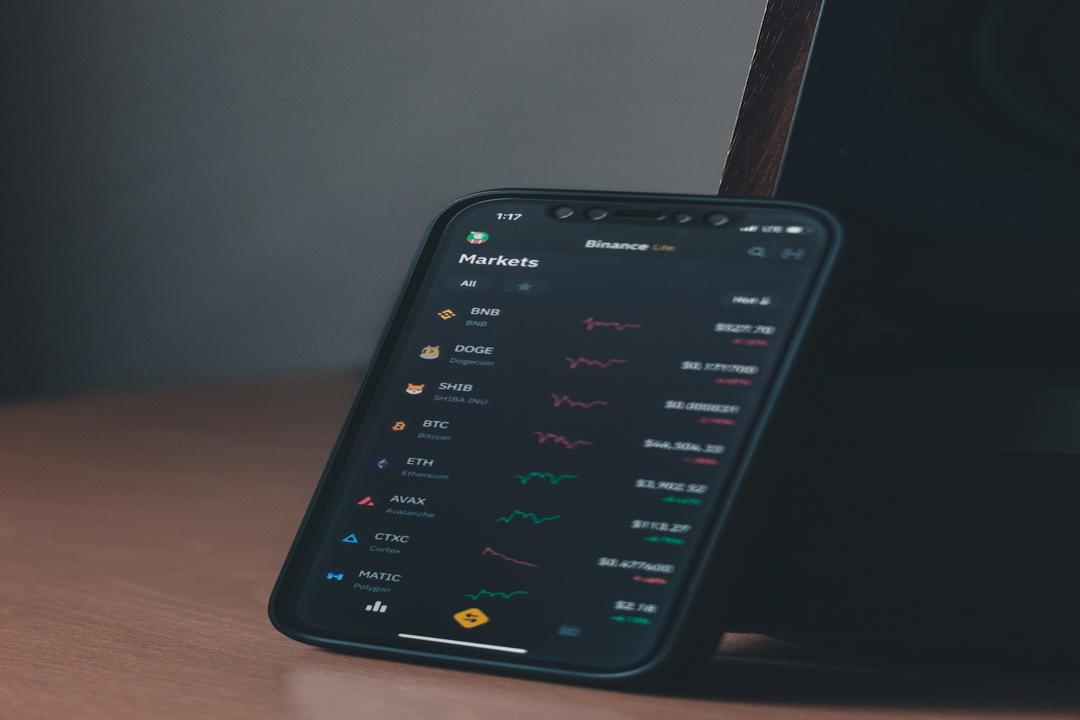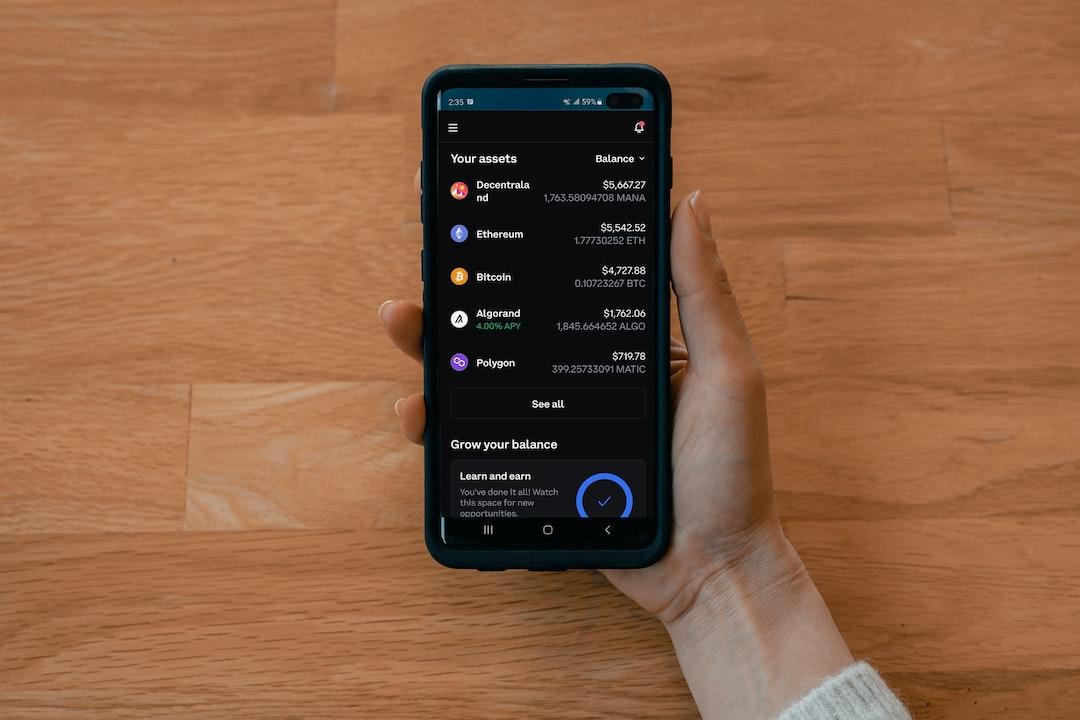KPMG Discovers Various Digital Money Forms to Coexist in Market Based on Use Cases

Written by Shalini Nagarajan
Last updated: May 31, 2024 04:18 EDT | 2 min read

According to a recent analysis by KPMG, digital asset stakeholders believe that different forms of digital money, such as central bank digital currencies (CBDCs), tokenized deposits, and stablecoins, will coexist in financial markets over the next decade.
KPMG’s report, published on Thursday, suggests that these various digital money forms will exist alongside each other rather than having a single dominant option. While there may be some overlap in their use, the report predicts that users will prefer the most efficient and automated solutions available.
The insights compiled by KPMG are based on discussions and digital asset-focused events hosted by the firm. This provides a comprehensive perspective on the current market outlook for digital currency, encompassing traditional finance (TradFi), fintech, and crypto-native firms.
CBDCs Show Potential, but Retail Launch Faces Challenges for Banks
Regarding CBDCs, participants highlighted that widespread testing and pilot programs indicate that central banks and governments are recognizing the transition towards a tokenized financial system.
According to the World Economic Forum (WEF), central banks worldwide have displayed a strong interest in digital currencies. Almost all, or 98%, are exploring the concept through research, pilots, or even the launch of their own currencies.
KPMG notes that banks are enthusiastic about the potential of digital currencies for businesses (wholesale CBDCs). However, doubts remain about an imminent widespread launch for consumers (retail CBDCs). These doubts arise from a combination of economic and political uncertainties, as well as technical challenges that need to be addressed.
Some participants argue that CBDCs do not offer clear advantages over existing digital options like stablecoins and tokenized deposits. They believe that these alternatives may provide similar benefits, rendering CBDCs somewhat unnecessary.
Tokenized Deposits Offer Faster and Cheaper Cross-Border Payments
Participants emphasized the appeal of tokenized deposits for banks, as they enable experimentation and seamless integration with existing regulations. They expressed optimism about Distributed Ledger Technology (DLT) significantly improving traditional deposits.
The improvement would likely manifest in faster and more automated cross-border payments, resulting in reduced costs and new opportunities.
However, not everyone agrees on the purpose of tokenized deposits. Some question whether they would merely serve as digital cash or fulfill a different role, such as collateral.
Stablecoins Lead the Evolution of Digital Money
The report highlights stablecoins as the most promising form of digital money so far, addressing specific needs. While their initial use was observed in speculative crypto trading, participants believe that they have long-term value in established areas like cross-border payments.
Many participants view stablecoins as a solution to problems in other industries, such as enabling instant settlements (T+0) through a combined (atomic) transaction process. However, they caution against heavy investment in updating current systems, as a more comprehensive shift to DLT is likely on the horizon.
Nevertheless, concerns remain about how governments would regulate stablecoins, how reserves would be managed, and how stablecoins would handle surges in withdrawal requests.
KPMG predicts that in the near future, more banks will offer tokenized deposit solutions and utilize stablecoins more widely. Furthermore, CBDCs are expected to further drive the global growth of digital money in the coming years.
Follow Us on Google News

